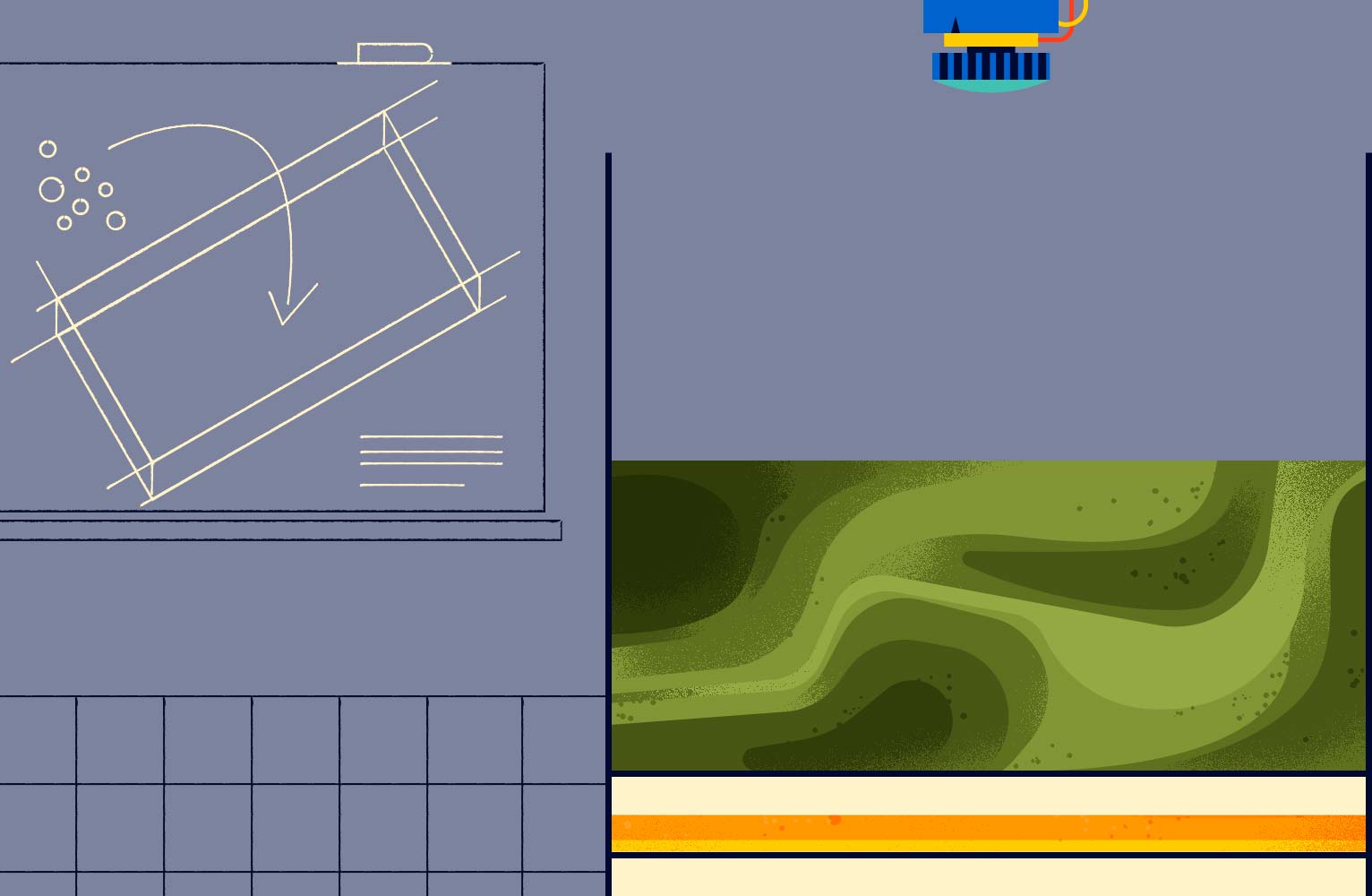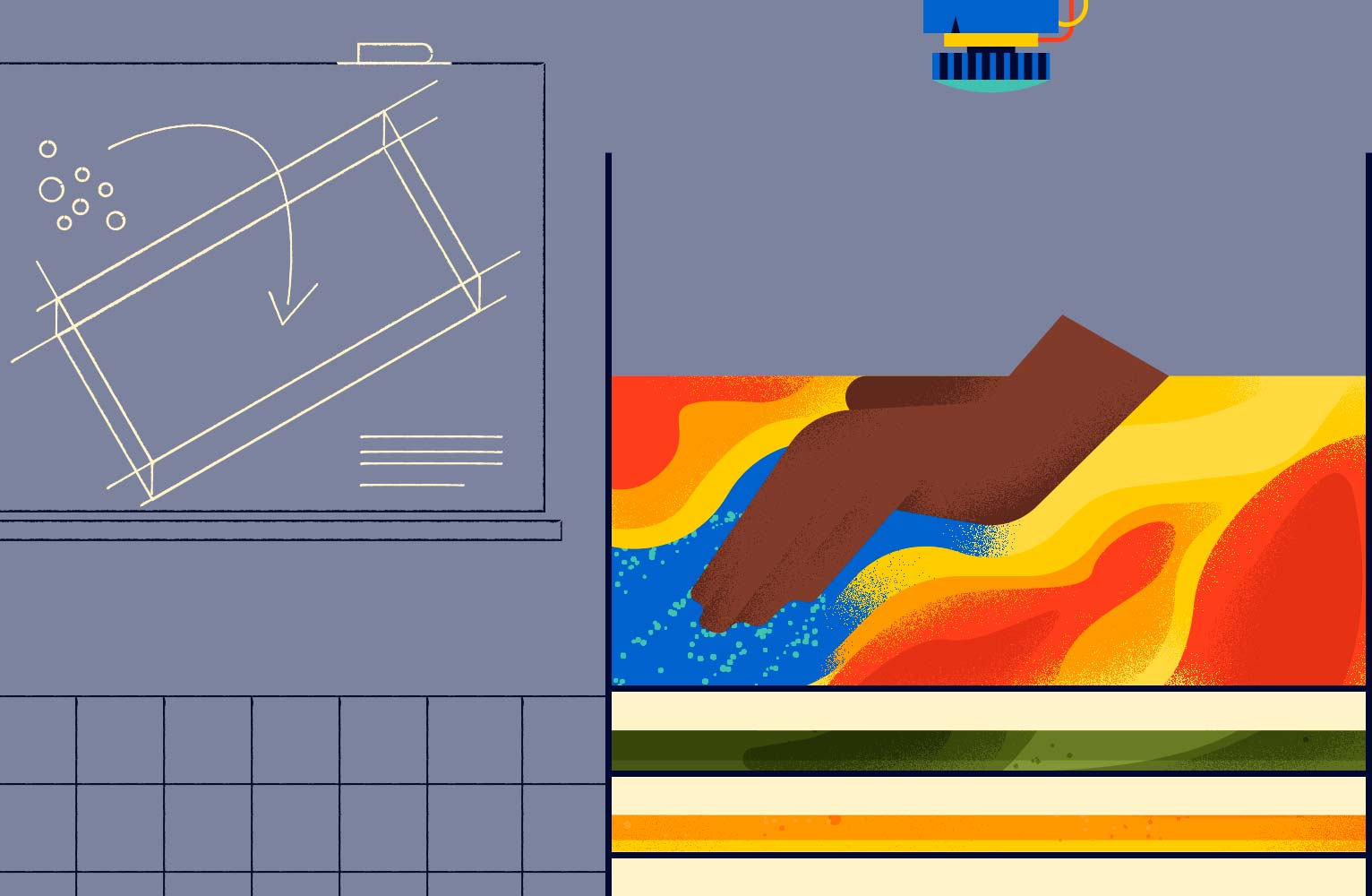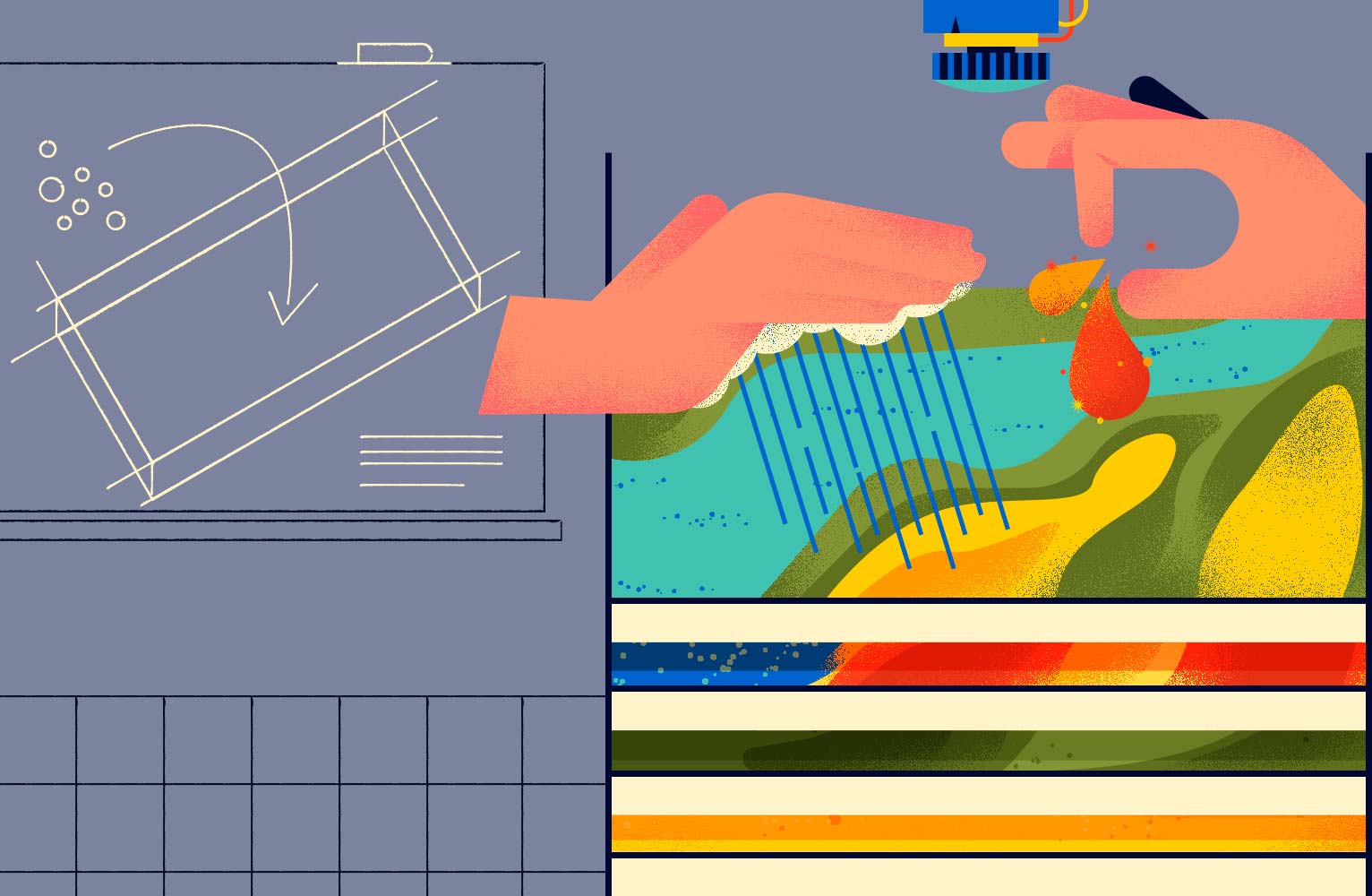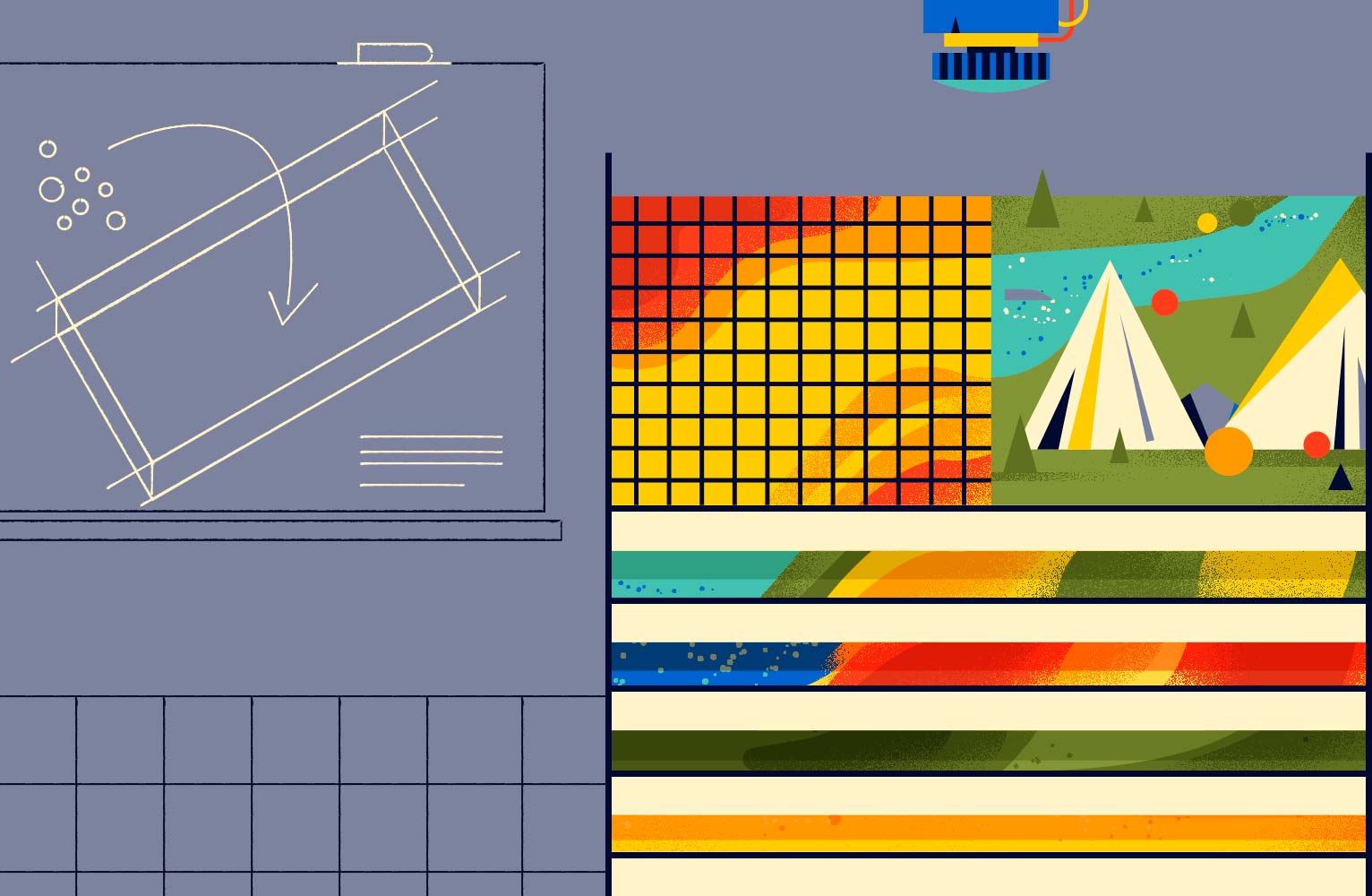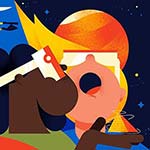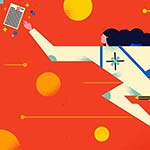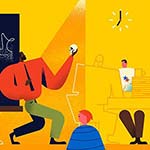

Learn: Transforming the learning experience, through technology
Augmenting Reality to Inspire Exploration
At UC Davis, a high-tech sandbox offers a preview of what to expect in the classroom of the future, where learning happens in all dimensions.
The future of education rests in using technology, such as augmented reality (AR), to help bring concepts to life. To augment reality is to make it greater in some way. At the W.M. Keck Center for Active Visualization in the Earth Sciences at UC Davis, a National Science Foundation–funded AR project invites students to “explore the importance of water, via lines of inquiry in hydrology, earth science, and environmental studies,” according to the facilitation guide.
The hands-on exhibit, known as AR Sandbox, combines a real sandbox with virtual topography and water. The augmented image, which displays contour lines, watersheds, water movement, elevation, catchment areas, and more, is projected onto the terrain of the sandbox using a 3-D infrared camera, simulation software, and a data projector.
According to a 2006 National Geographic–Roper Public Affairs Geographic Literacy Study, “most young adults between the ages of 18 and 24 demonstrate a limited understanding of the world beyond their country’s borders, and they place insufficient importance on the basic geographic skills that might enhance their knowledge.” Sixty-three percent can’t find Iraq on a map of the Middle East; 75 percent don’t know that the majority of the population of Indonesia is Muslim; and, closer to home, less than half can identify the states of New York or Ohio on a map.
Science, technology, engineering, and mathematics (STEM) subjects, like geography and environmental sciences, are often best understood when they are conceptualized and visualized. Students can’t just click through the AR Sandbox; they have to interact with it. They linger at it, which is why it’s so helpful in reinforcing their understanding of contour lines. Suddenly, those curvy lines on flat maps mean something.
Here’s what it looks like to learn about geography, topography, and hydrology through play.


